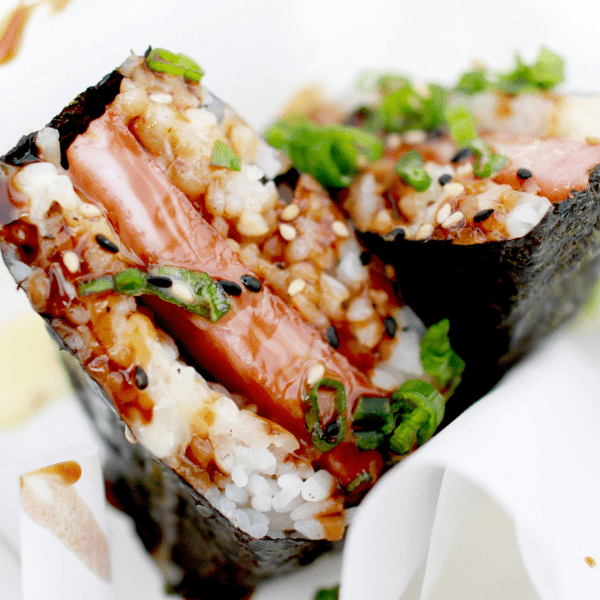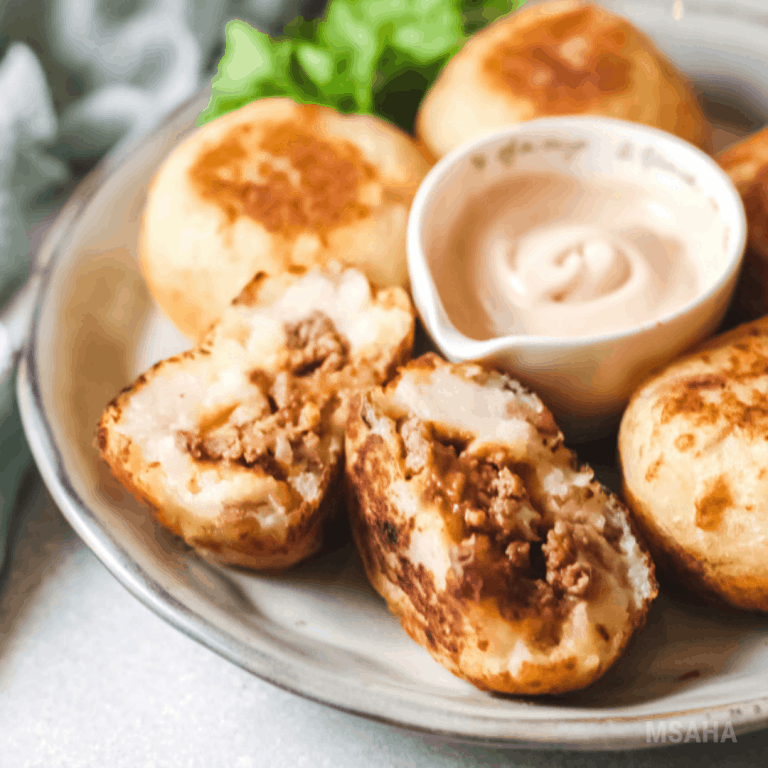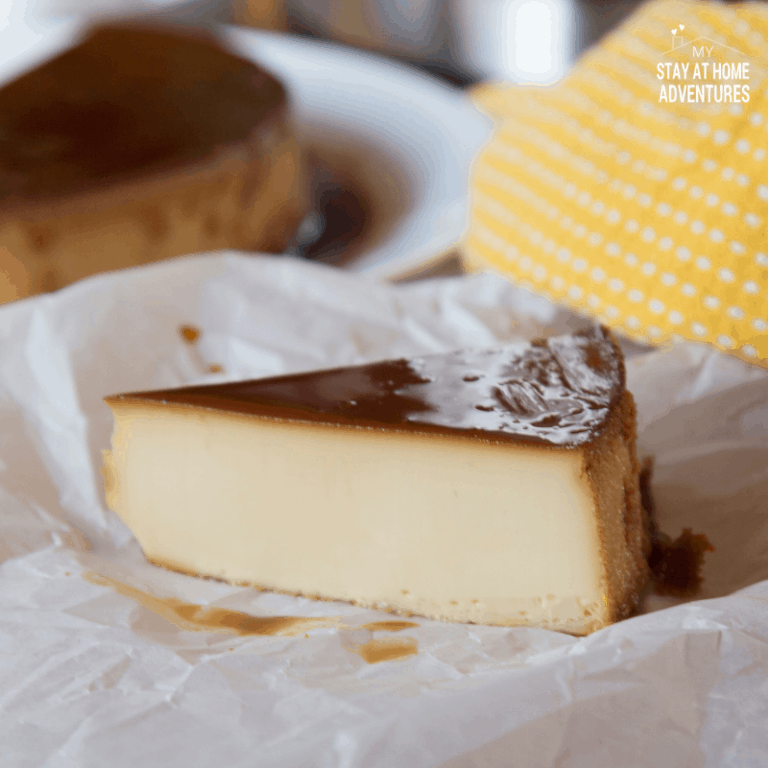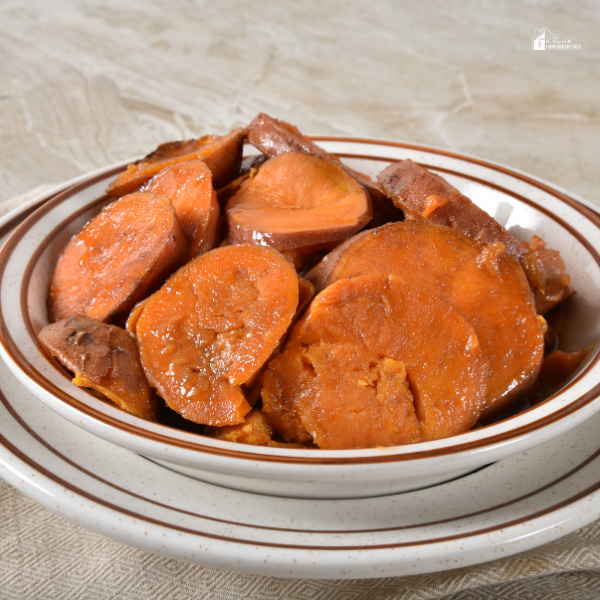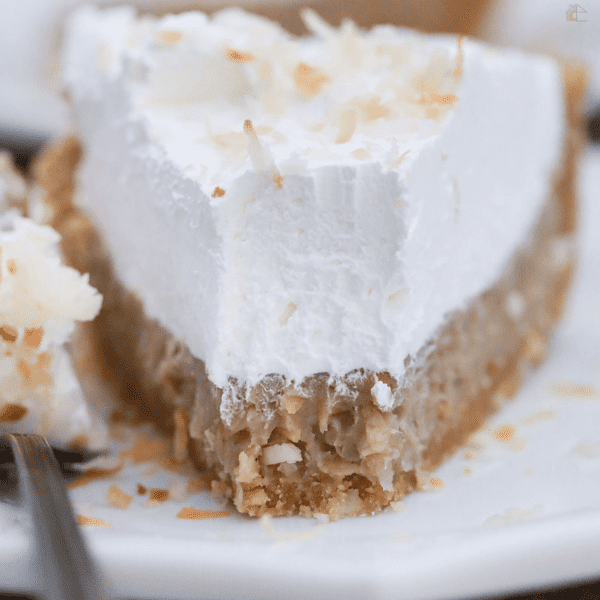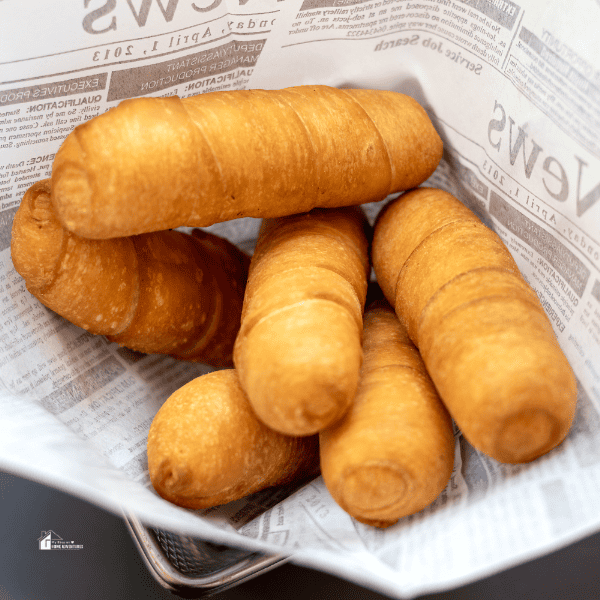How to Cut Guava Paste
This post may contain affiliate links which might earn us money. Please read my Disclosure and Privacy policies hereGuava paste is a delicious and versatile ingredient that can be used in various dishes. It is especially popular in Latin American cuisine, which is often served with cheese or eaten as a sweet snack.
However, guava paste can sometimes be difficult to cut, as it has an exceptionally thick and sticky texture. The good news is that you can easily cut guava paste by following the right steps!
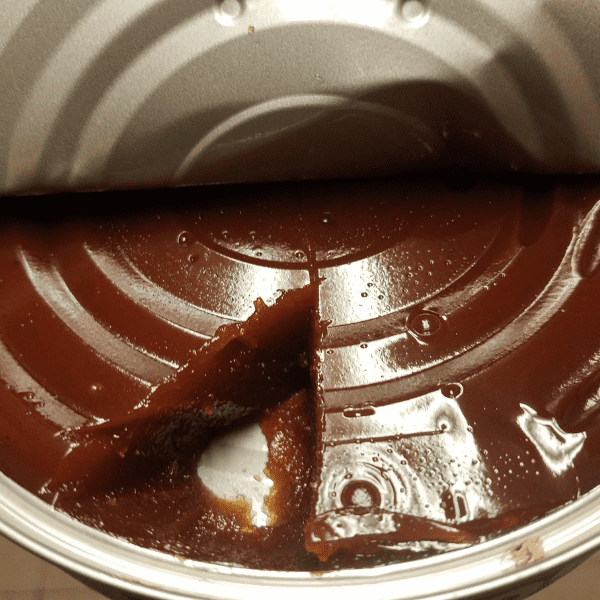
Quality Guava Paste
Cutting guava paste is a simple process that yields delicious results. But before you go on purchasing guava paste, know that quality matters. Make sure you purchase the best-quality guava paste available.
Look for a firm consistency and vibrant color, which are signs of top-notch paste. When selecting guava paste, it’s also important to note that store-bought versions may contain preservatives or food coloring.
How can I cut guava paste?
- Set up a cutting board and sharp knife. Selecting a good-quality knife with a thin, sharp blade is important – this will make cutting easier and result in smoother slices of guava paste.
- Place the block of guava paste on the cutting board and hold it firmly in place with your non-dominant hand. With your dominant hand, begin slicing through the guava paste block using smooth, sawing motions or vertical cuts from top to bottom.
- Depending on how thick you want each slice of guava paste, you can adjust the size and shape of your cuts accordingly. Remove each slice from the block as you finish cutting it.
- Once all slices have been removed from the block of guava paste, enjoy them immediately or store them in an airtight container until ready to eat.
- To keep slices crisp and moist while storing, wrap each piece individually in parchment paper before placing them into an airtight container or baggie. Freshly cut guava paste can last up to several weeks when fully wrapped and stored correctly.
- When ready to serve, allow sliced pieces of guava paste to return to room temperature before eating for optimal flavor and texture.
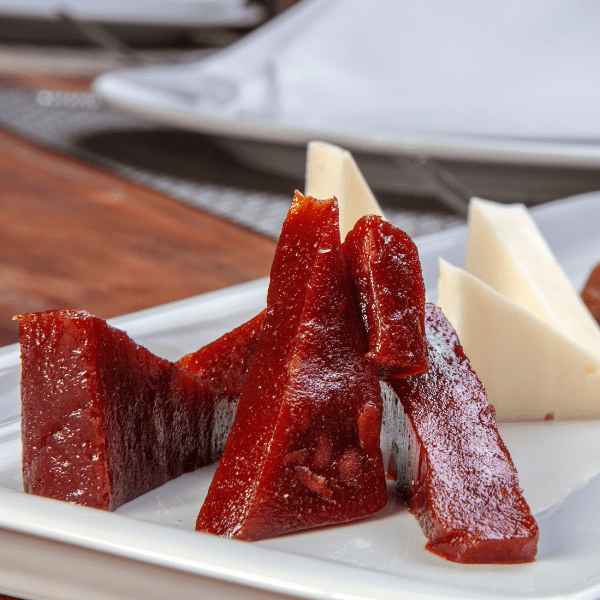
How do you serve guava paste?
Guava paste can be served in a variety of ways. It can be eaten as is, used to top toast or crackers, or it can be added to baked goods and desserts.
It also makes an excellent addition to savory dishes like stews and sauces for a sweet-tart flavor.
Guava paste pairs well with cheese, cream cheese, ricotta, or yogurt for an easy snack or appetizer.
You might enjoy these posts:
How do you cook guava paste?
To serve it warm, heat it slowly in a small saucepan, and add teaspoons of water. The consistency will change depending on how much water you add over low heat until melted before serving.
Unlike jams, guava paste has a distinctively tart taste that's balanced out by the sweetness of the sugars. This makes it an interesting alternative to more traditional jams and great for baking and marinating.
Guava paste can also be used as a topping on toast, burritos, cheesecakes, crepes, or even pizza. It adds an unexpected twist to traditional recipes and is a great way to add some extra flair.
In addition to being delicious, guava paste is also incredibly versatile in the kitchen. You can use it as an ingredient in sauces, marinades, glazes, or even as a condiment for grilled meats and fish. It can also be used to make flavorful sorbets and puddings.
Do you need to refrigerate guava paste?
Guava paste doesn’t have to be refrigerated and, in fact, can last for months on the shelf as long as it’s kept in an airtight container.
Store your guava paste away from sunlight and keep its lid tightly closed to ensure it stays fresh.
As tempting as it may be, don’t scoop out of the container with your finger. Instead, use a clean spoon to prevent bacteria from entering the container.
If you want to enjoy the paste to its fullest, keep it at room temperature on your kitchen counter; like many other condiments, the flavor of the paste improves after being removed from chilly temperatures since its sweetness intensifies, creating an unforgettable taste experience!
Does guava paste have seeds?
Many guava paste types contain some of the fruit’s seeds. The seeds are usually pulverized into tiny fragments before being added to the mixture, creating a unique crunchy texture that many people find enjoyable. These seed fragments can be gritty or smooth-textured depending on the recipe used to make the pastes.
In addition to contributing texture, these small seed pieces also add extra nutritional value to guava paste since they contain important vitamins and minerals such as vitamin A and potassium.
How do you eat Conchita guava paste?
Conchita guava paste is an incredibly versatile condiment that can be used to add a delicious, sweet taste to a variety of dishes. The paste is made from real guavas blended with sugar and pectin to create this unique product.
To eat Conchita guava paste, spread it on toast, crackers, or bagels for a quick and easy snack. You can also mix it with cream cheese to make a delicious dip or spread it over scones, pancakes, or crepes and top it with ice cream for an indulgent dessert.
Additionally, you can use the paste in baking recipes like cookies, cakes, and muffins to add a sweet flavor of tropical fruit goodness.
How long does guava paste last after opening?
Guava paste can last up to six months after opening if stored properly. To preserve the quality of the guava paste, store it in a sealed container in the refrigerator. This will keep it from spoiling and help maintain its flavor and texture.
Be sure to check for any signs of spoilage, such as visible mold or off-putting odors, before using the product, regardless of how recently you opened it.
Does guava paste spoil?
Guava paste does not spoil quickly as it is a product that has been preserved with sugar. This process helps extend the paste's shelf-life and makes it possible to store it for longer periods.
Still, some things can reduce its longevity, including extreme temperatures and exposure to air. Heat and humidity will accelerate spoilage, so storing the paste in a cool, dry place is important.
To check if your guava paste has spoiled, start by looking at the color of the spread. If the color of your guava paste has changed drastically or appears discolored or patchy, then it may be spoiled and should not be eaten.
Also, smell your guava paste; if a strong sour odor comes from the jar, it is likely no longer safe to consume.

